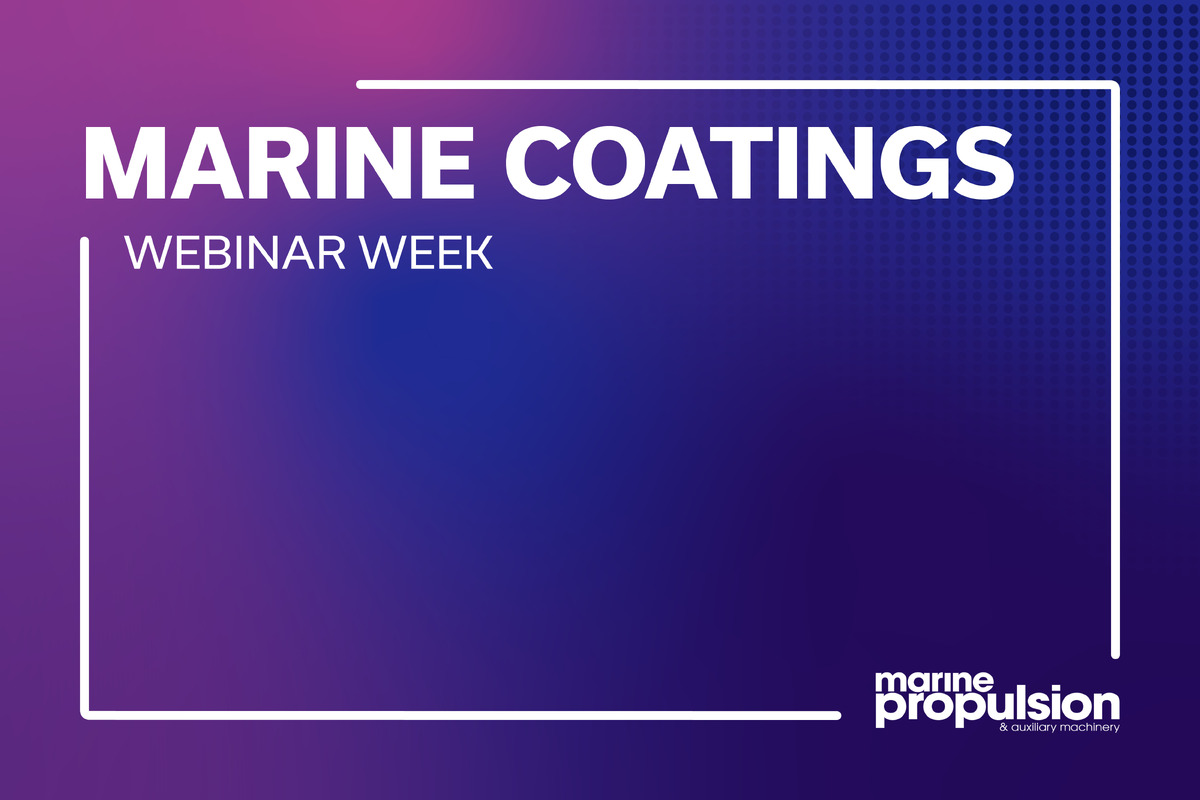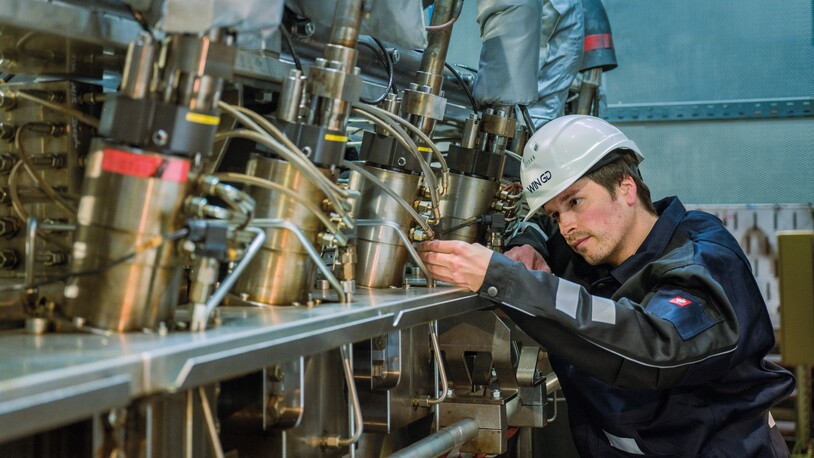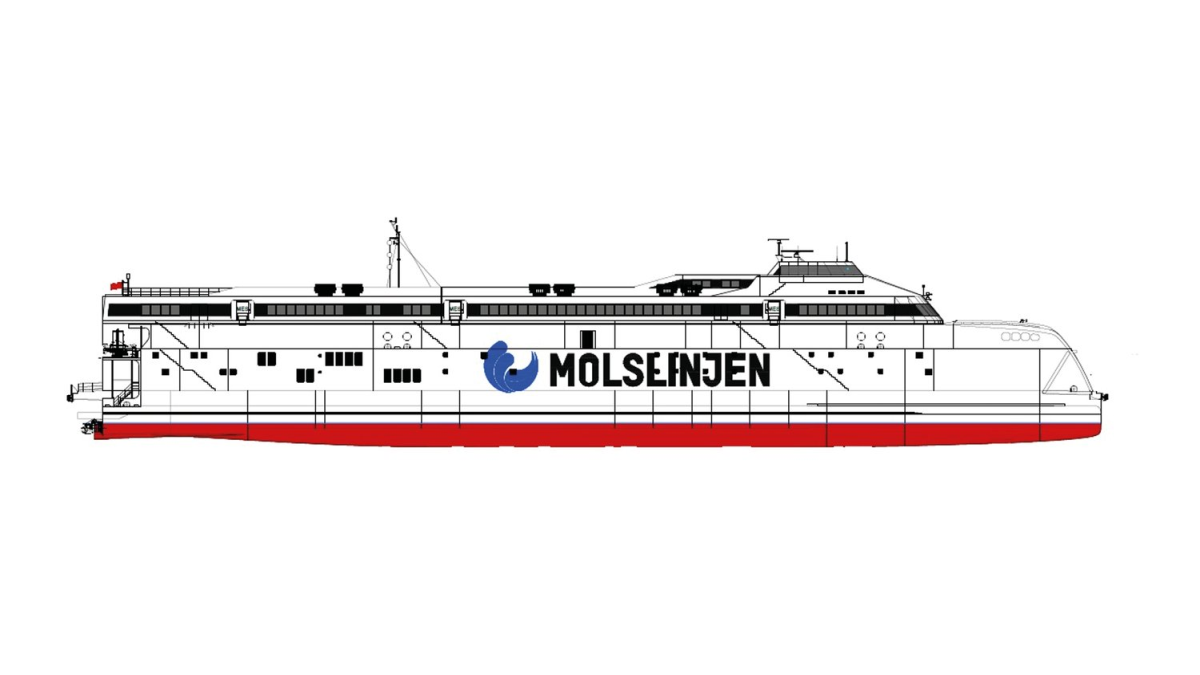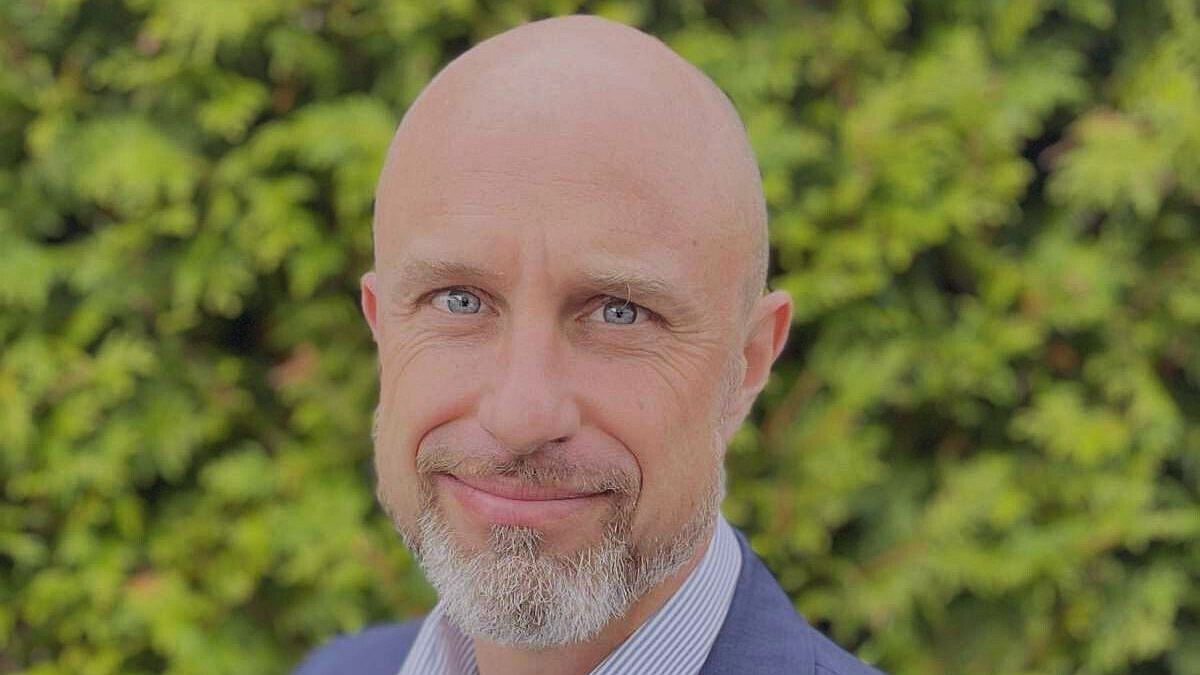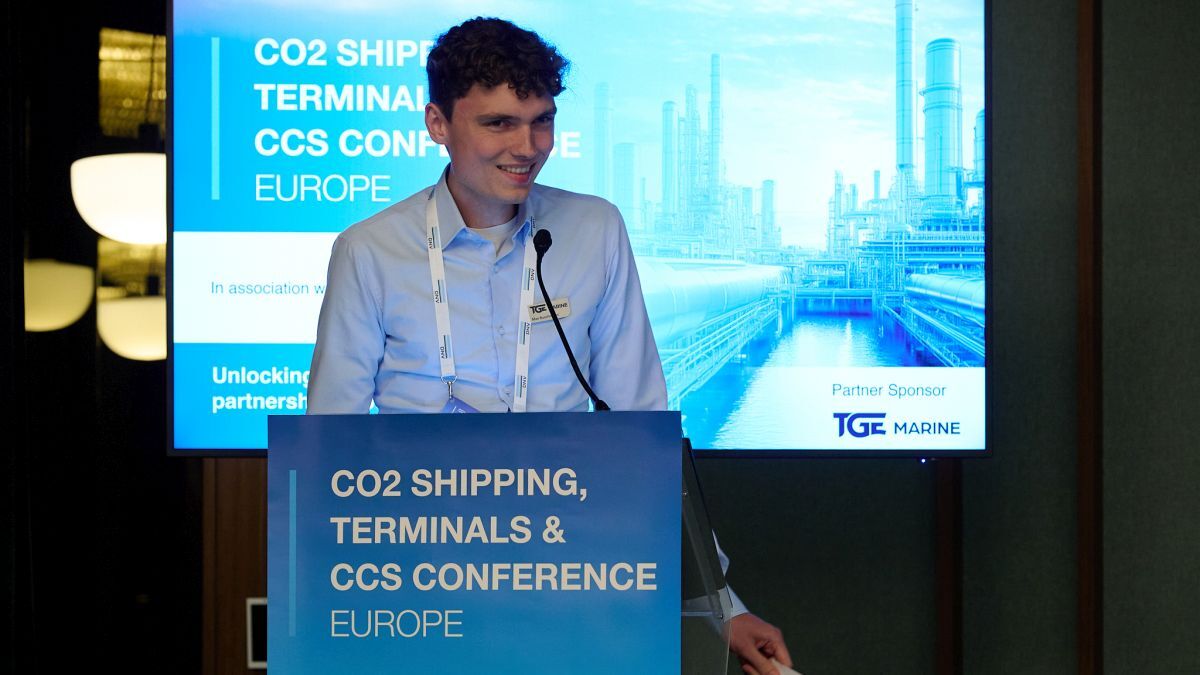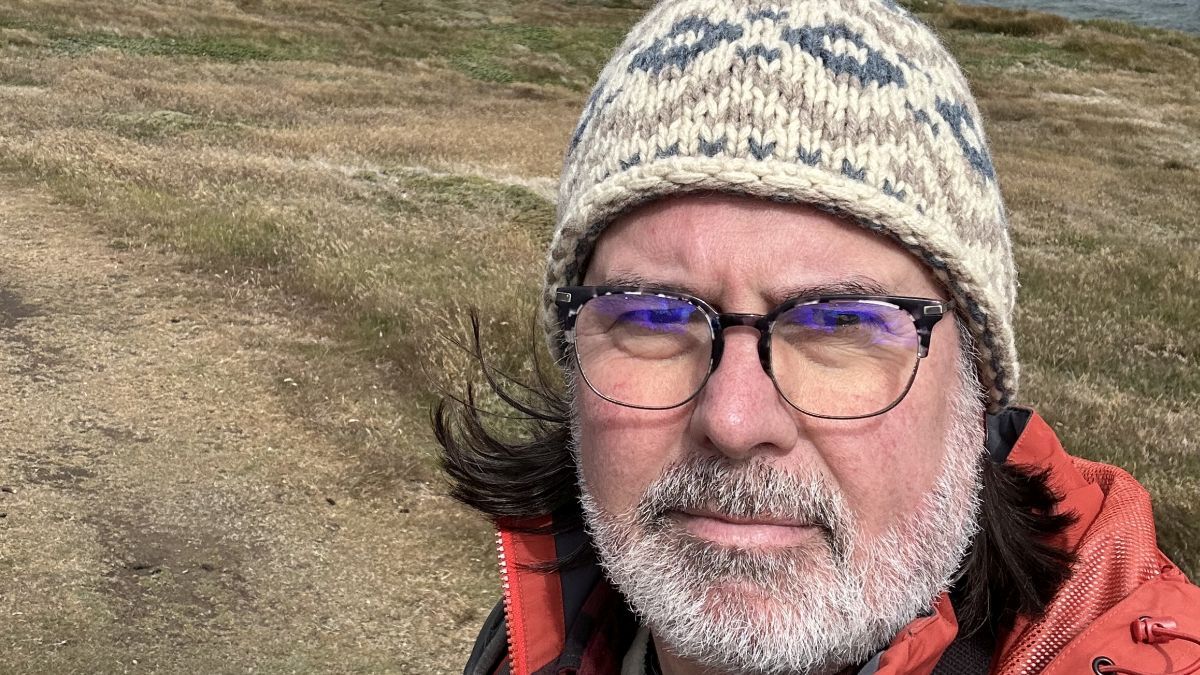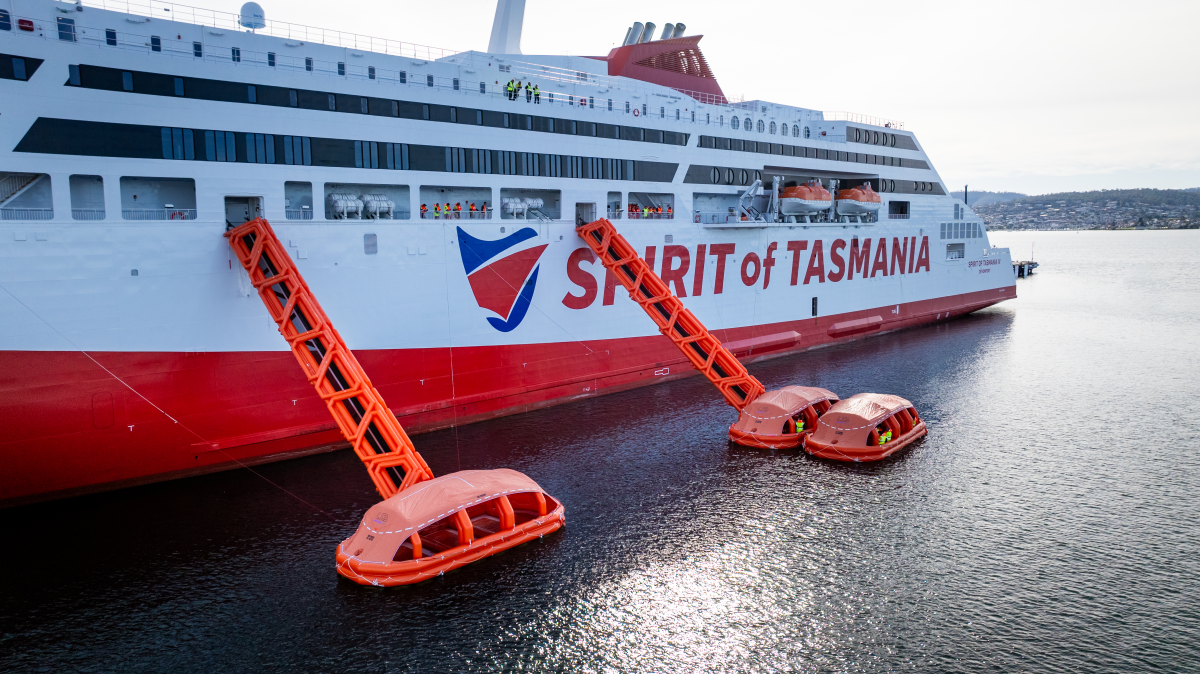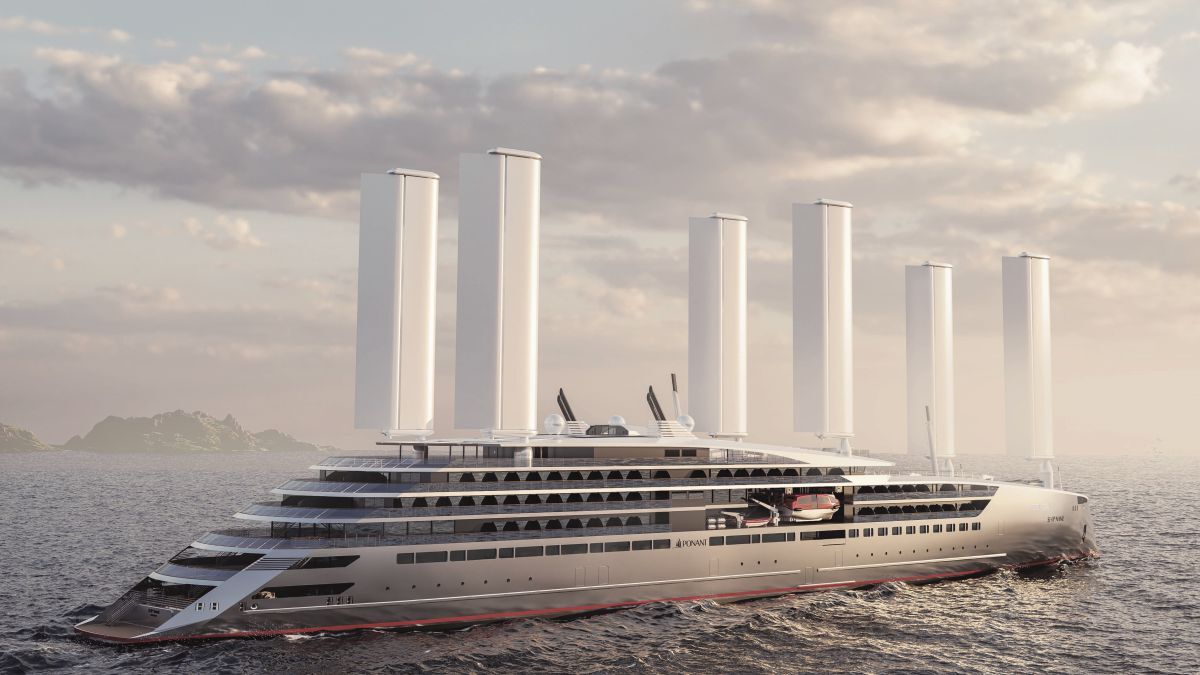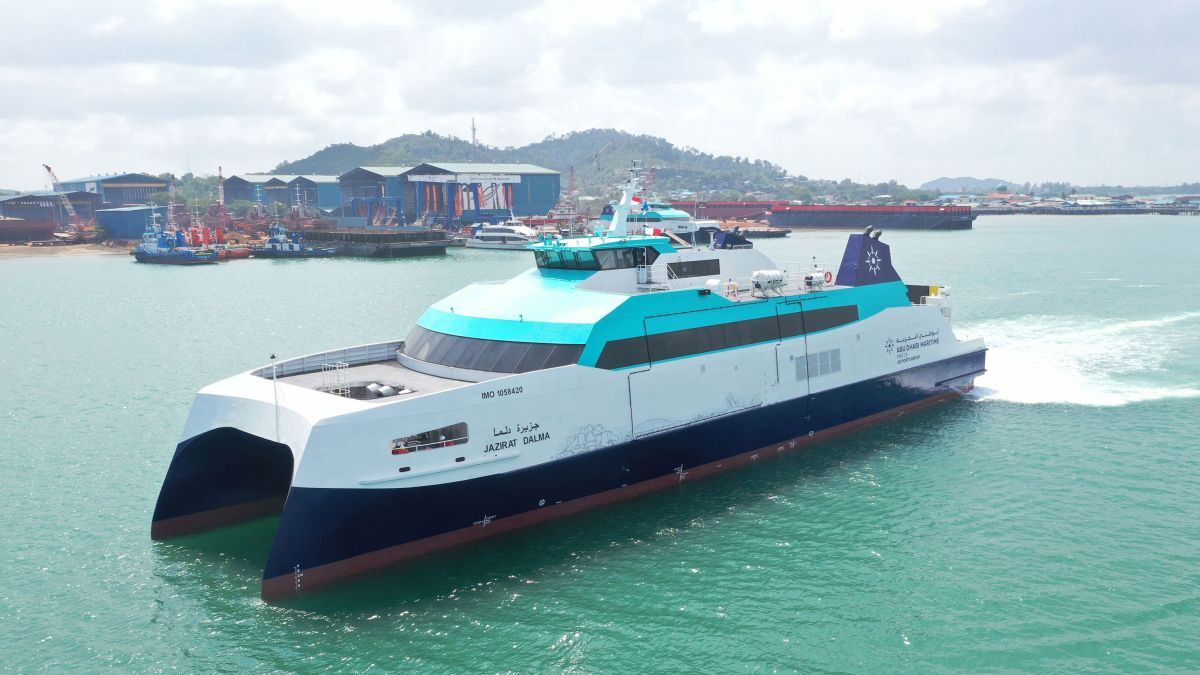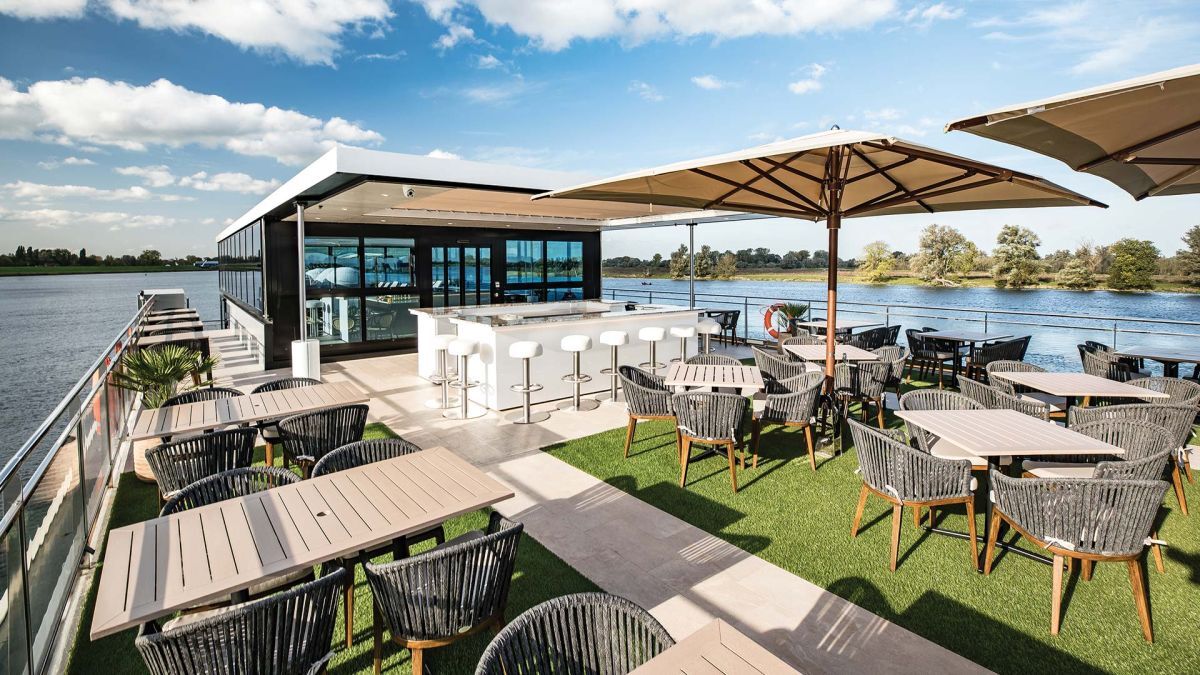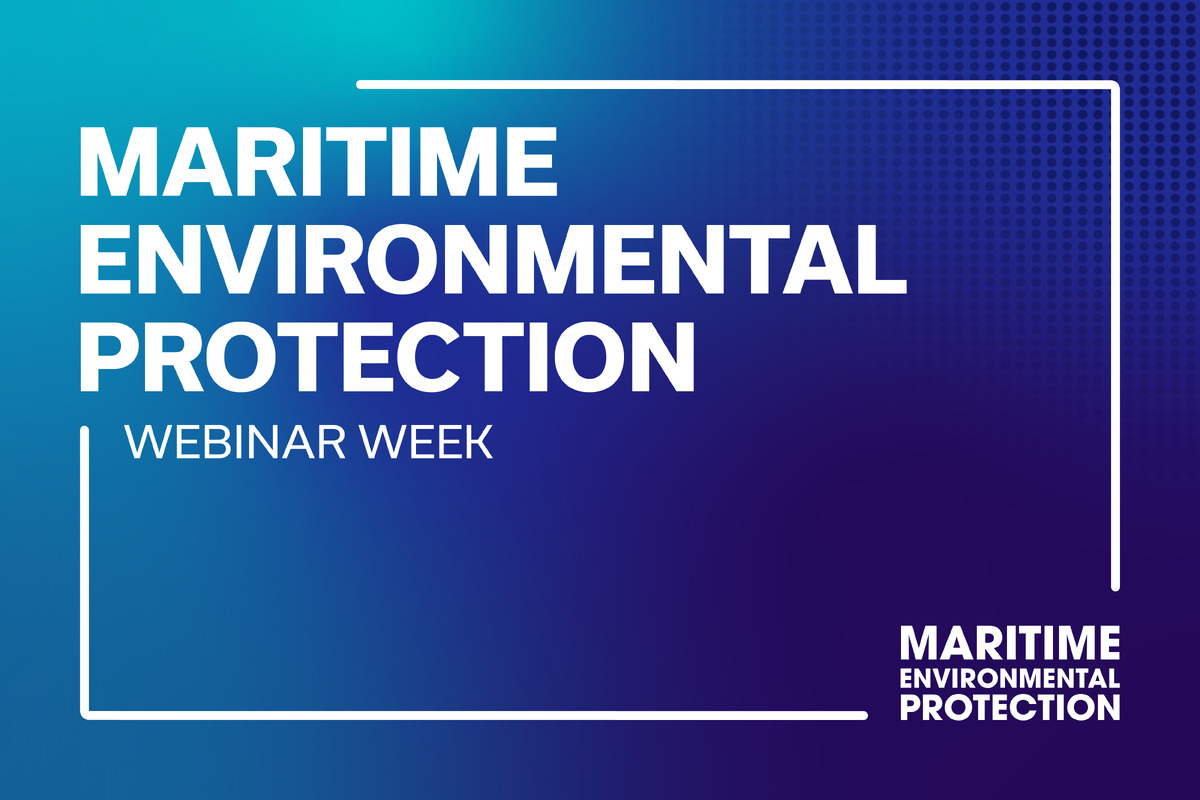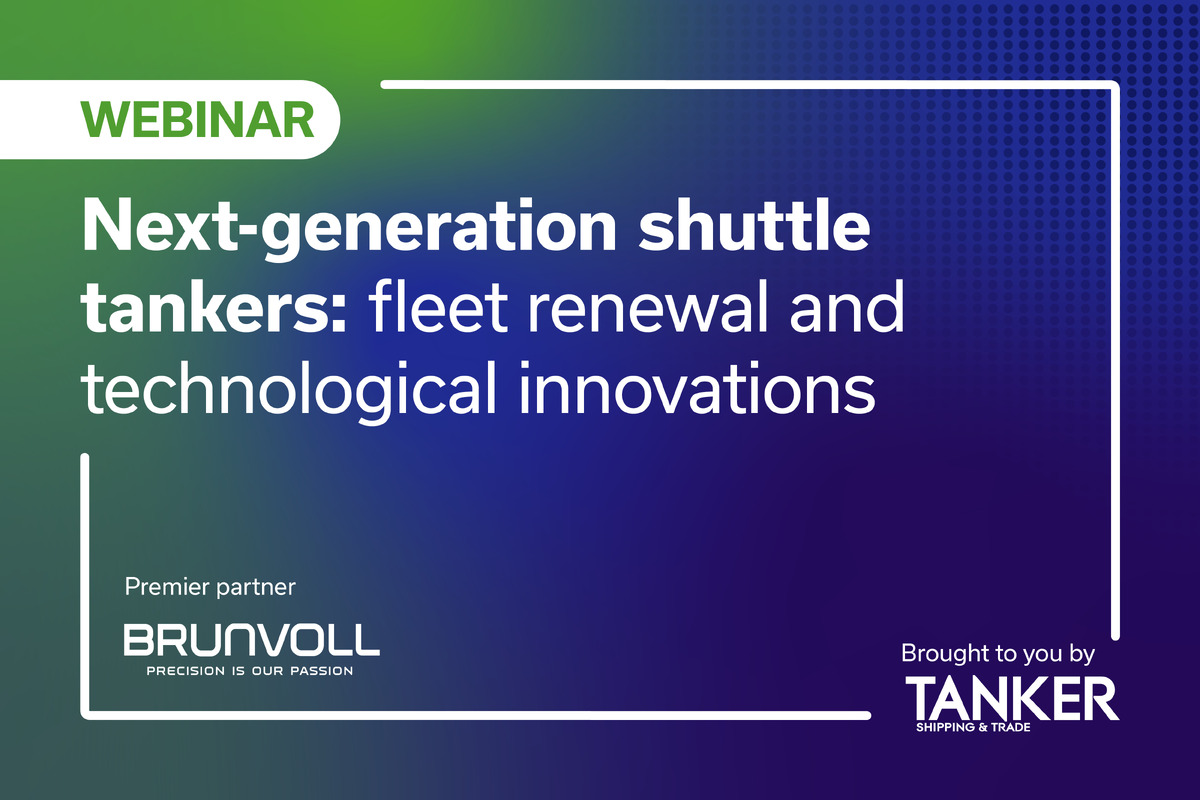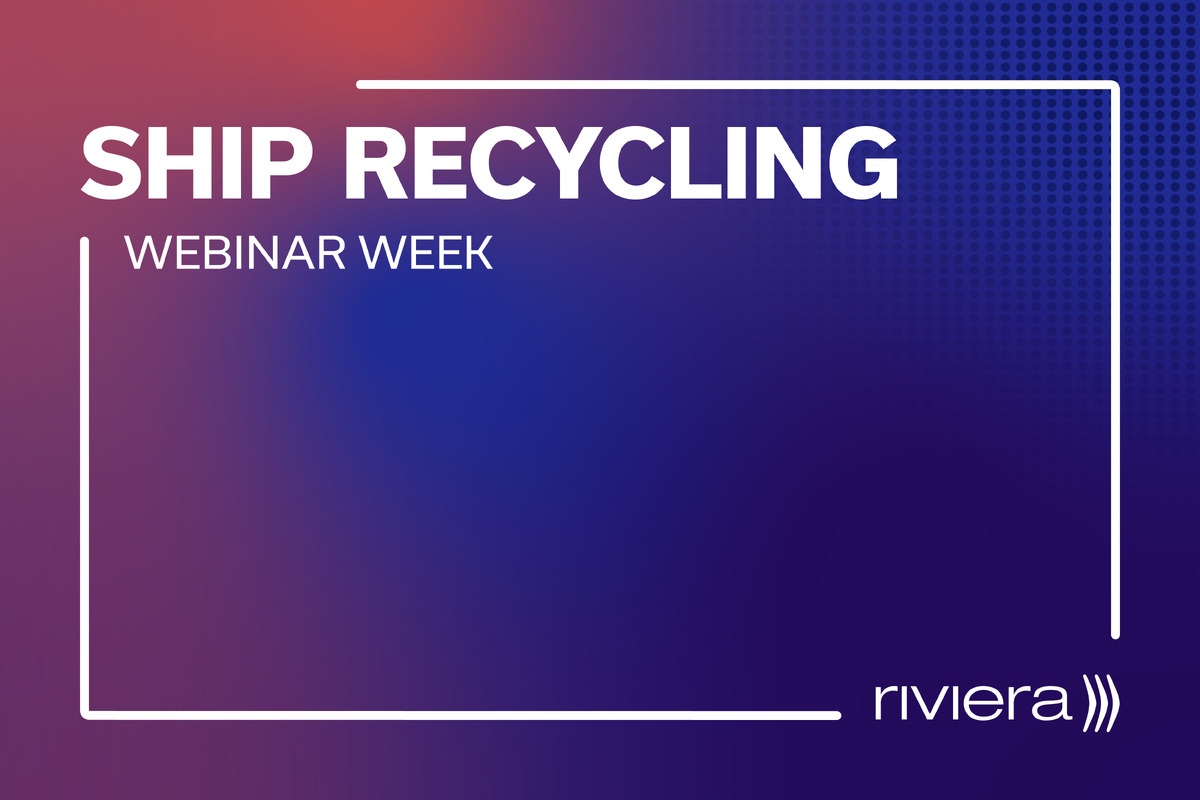Business Sectors
Events
Marine Coatings Webinar Week
Contents
Experience allows LNG ferry design freedom
Fjord1 Fylkesbaatane’s latest double-ended ferry is a departure from its previous five LNG-powered newbuilds. The double-ended 129.9m-long Boknafjord is not only slightly longer than its 128.8m predecessors (Bergensfjord, Fanafjord, Raunefjord, Stavangerfjord and Mastrafjord), the configurations of the engines, gas tanks and other technical systems are also different.
In December the 7,500gt vessel was delivered from Fiskerstrand shipyard in Ålesund, Norway, for operation in the Bokna Fjord between Arsvågen and Mortavika, in the south of the country. It will also function as a spare vessel for a more northerly route between Halhjem and Sandvikvåg. The Arsvågen to Mortavika route is essentially part of Norway’s E39, the main road between Stavanger and Bergen. Boknafjord was required due to the growing traffic on this southern route, totalling around 5 million passengers annually.
The southern route faces rougher weather conditions, so a voyage time of 22 minutes is achieved by sailing at 17 knots. An anti-roll tank has been installed to help the vessel cope with these conditions. Boknafjord has to abide by Norwegian Maritime Directorate regulation 305, which states that when domestic passenger ships sail in rough weather, they can venture no more than 25nm from the coast. The northern route has calmer waters, so if the ferry is deployed there, the 45-minute journey can be completed at an average speed of 21 knots.
The previous series was built by the then Aker Yards Søviknes yard between 2006 and 2007 and designed by LMG Marin, whereas this sixth similar-sized vessel is built to a Multi Maritime design. Multi Maritime has actually been part of the Fiskerstrand group of companies since its purchase in 2010, although the yard has worked with these naval architects since 1995.
Fiskerstrand BLRT itself is a joint venture between Fiskerstrand Verft and Western Shipyard in Klaipeda, Lithuania. This meant that Boknafjord’s hull was built in Klaipeda, then towed to Ålesund last July. Rolf Fiskerstrand, chief executive officer of Fiskerstrand BLRT explained, “It is more economical to build a hull there and they have very good premises for carrying out this kind of work. We have very good co-operation with them. Maybe our package was not the cheapest, but when Fjord1 evaluated the concept and design and the ability to deliver in good time, we won the contract.”
Fiskerstrand Verft’s project director, Stein Oksnes, commented, “The main target for Fjord1 in building this new ferry is to maintain the speed and increase load capacity by 30 cars (total accommodation is 600 passengers and 242 cars) and simultaneously reduce the fuel consumption by 20 per cent or more. This target was achieved through 18 months of careful hull development and design work by Multi Maritime.
There is a lot of draught and the hull is slimmer than previous designs.” Hamburg’s HSVA hosted model testing. Mr Fiskerstrand added, “Fuel consumption and energy costs on this vessel are extremely low.”
Mr Oksnes explained the evolution of the design, “The initial regulations for building LNG-powered ferries were being written at the same time as the previous vessels were being designed. However, now the rules are not so strict because there is much more operational experience with LNG ferries and we have ironed out any problems.”
For instance, the two LNG tanks on the previous design were arranged as a pair in the centre of the vessel. On Boknafjord there is one at each end of the ferry. “The old design was connected to the former safety rules about gas ventilation, and each engine had to be enclosed in explosion-proof compartments,” said Mr Oksnes. “But we have a lot more open space with this current configuration and the philosophy is to have an inherently safe system. Now there is a double pipe gas system in the engines so that if there is a leakage in the inner pipe, the outer pipe will funnel this to a waste pipe on deck. However during the building period, the Norwegian Maritime Directorate opted to divert from national Norwegian rules and allowed the application of the standard IMO rules. This is also why the three gas-fuelled engines are placed in a separate compartment, even though this is no longer necessary.”
There are three Rolls-Royce Bergen C25:33L9A gas engines on board and one Bergen C series diesel genset for ‘take me home’ purposes. “The diesel engine would not be allowed to be used in ordinary trade, it’s only for emergencies,” said Mr Oksnes. The gas engines deliver 2,310kW each and the diesel engine outputs 2,850kW. “To reach the 21-knot service speed, the previous ferries needed around 8,200kW, but these LNG engines should be able to do that by using only 6,000kW,” he added.
In contrast to the Schottel thrusters on the previous ferries, Rolls-Royce supplied Azipulls for Boknafjord. Rolls-Royce’s vice president for the merchant sector in Europe, Børge Nogva, believes that using a total propulsion package from one supplier will be beneficial for Fjord1. “The engines and the Azipulls in combination will reduce operating costs and give a much better emissions profile,” he said. “They will also allow the vessel to run efficiently at higher speed and with better manoeuvrability.”
Mr Nogva also emphasised that the Bergen C series minimises methane slip, which has been a question mark over using LNG engines. “Methane is 21 to 25 times a more aggressive greenhouse gas than CO2, so it’s important that an engine burns all the methane. We are doing that much better than any of our competitors.” The LNG supply infrastructure will also not be an issue for Boknafjord, as there is a LNG storage plant in Halhjem harbour.
Environmental concerns were a high priority, therefore Boknafjord meets DNV’s Clean notation. For instance, the Rolls-Royce engines already meet IMO Tier 3 emissions regulations, which are not due into force until 2016. There is also an Aco Marine sanitation system installed on board. “It’s an advanced new plant,” said Mr Oksnes. “The final waste product is cleaner than with previous installations and is delivered for shore disposal. Nothing is emitted from the ship that would have a negative impact on the environment.”
The machinery room configuration ensures that there is redundancy and enabled the vessel to meet DNV’s RPS (redundant propulsion) class. “If you split the ship down the centre fore and aft then you would have the two forward engineroom compartments and one gas tank, mirrored in the aft section,” said Mr Oksnes. “There are also two electrical switchboards, one fore and one aft, so there is a complete split in the systems. If there is a breakage or accident in one half of the ship, the other half is still available.” This complies with IMO’s safe return to port rules.
Cross connections between the fore and aft gas tanks and switchboards also ensure redundancy. “You can run the ship in a high number of variations,” commented Mr Oksnes.
The main engine control room is situated just below the wheelhouse, and there is a second control room on deck 1. Fjord1 superintendent and captain of Boknafjord, Frode Bekkenes, said, “You have the same options for controlling the machinery from both locations.” Mr Oksnes explained the rationale for having these two rooms. “The intention is to have a high level of communication between the bridge crew and the technical crew. They are sitting so close to each other they can shout to one another if they need to!”
The bridge was specifically designed to match Fjord1’s existing ferries. “The owner has a lot of crew members alternating between ships, so there should be minimal differences between each bridge,” said Mr Oksnes. Norwegian firm, Sigurd Solberg delivered and installed all the navigation equipment.
Fore and aft the vessel is a standard design which matches its predecessors and suits the existing harbour installations. Turnaround time is minimised as three lanes of cars can load simultaneously on the upper car deck (deck 3). Cars access the lower vehicle deck via openings in deck 3. When the bow ramp hatch covers are closed, vehicles can park on top of them. Mr Oksnes commented, “There is 1.5m difference between high and low tide at the harbours so the ramps on both the ferry and ashore have to be adjusted to fit together, depending on the tide level.”
Fjord1’s Mr Bekkenes reported that with a full load, the vessel would take just seven minutes for its turnaround. “Cars don’t usually have to travel up or down to any other levels when they board, so it’s really easy for them. For average traffic levels, turnaround time would only be around three to four minutes.” Mr Oksnes added, “If you save three or four minutes in each harbour, you can reduce the speed during the voyage accordingly and save fuel.”
The passenger facilities were designed by Fjord1 itself. Deck 5 houses a cafeteria and lounge at either end of the vessel, while the galley and the cold stores are located midships. In the previous vessels the passenger flow through the cafeteria was slow, so the owner wanted to ensure the design was as efficient as possible. “A new design will make it easier and quicker for passengers to pick up the food they want and go to the cashier,” commented Mr Oksnes. “The layout is based on the owner’s experience with other ships.”
A selection of Norwegian companies supplied the materials for the accommodation areas; Maritime Montering provided insulation and furnishing, the lounge chairs were from West Mekan Produksjon, Libra provided GRP doors, Beha Hedo delivered the kiosk and pantry equipment and Teknotherm supplied the food refrigeration systems.
The minimum crew number is nine but adding in catering staff and trainees, Mr Bekkenes reported there could be up to 20 crew on board. There are 16 cabins available for crew, with around half being double cabins. Galley staff will not stay on board, but the rest of the crew will perform two-week shifts.
Safety equipment on board includes two 300-people MESs and three 51-people liferafts. Noreq provided a fast rescue craft and davit, while Autronica Fire & Security supplied the fire extinguishers. PST
Related to this Story
Events
Marine Coatings Webinar Week
Maritime Environmental Protection Webinar Week
Ship Recycling Webinar Week
© 2024 Riviera Maritime Media Ltd.
